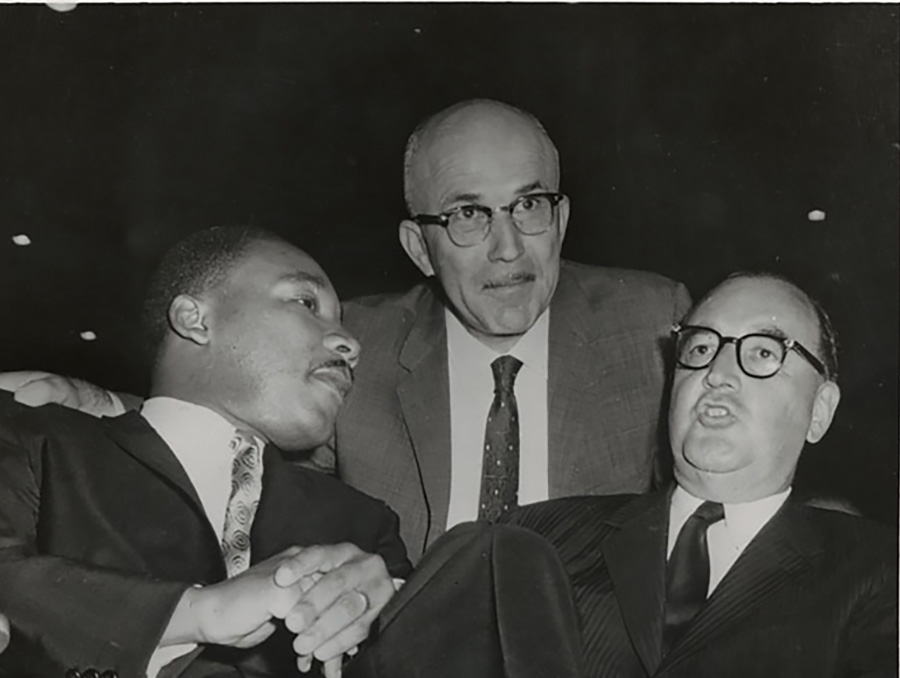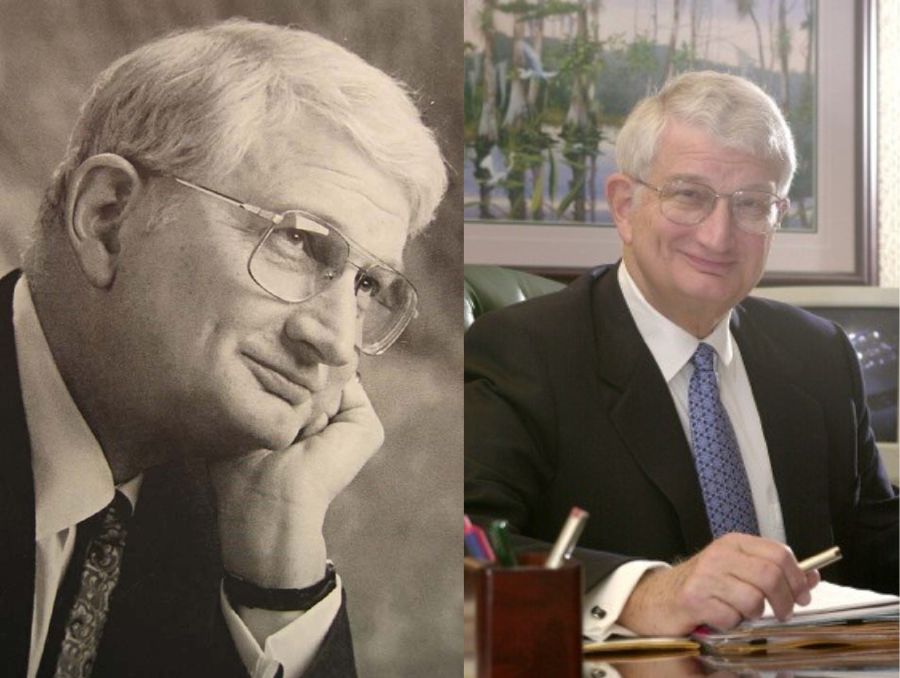When we teach American history, it can feel like the subject of civil rights is stuck in the 1960s. But civil rights continue to change over time, sometimes expanding, and sometimes even diminishing. In Nevada, Senator Harry Reid was a proponent of civil rights and often co-sponsored and voted for bills that served to reinforce them. Not every bill or vote succeeded, however – in the Harry Reid Papers collection, we can find evidence of a failed amendment to a civil rights bill. Even though the bill ultimately failed, it still has something to teach us about civil rights history and the effort to secure workplace protections for people of color, women, and others who were denied equal eployment opportunities.
The University's Special Collections provides a "behind-the-scenes" view of the controversy and debate that surrounded the Civil Rights Act of 1990, also known as the Kennedy-Hawkins Civil Rights Bill. In most news sources, senate bills are presented as something that is simply voted on or defeated. The archives reveal that there is an entire process of research, debate, and revision before a bill goes to the floor for a vote.

The Kennedy-Hawkins Bill tried to address issues related to civil rights in the workplace. At the time, if a person sued their employer for discrimination related to race, sex, or religion, that person had to provide proof that 1) it was intentional discrimination, and 2) the discrimination was not related to the requirements of the job or business. (For example, many jobs require a college degree. Even though that requirement might filter out many applicants from lower-income areas, it is not considered illegal discrimination.) The Kennedy-Hawkins Bill wanted to make the employer responsible for proving that the discrimination was a "business necessity," instead of the employee. And if an employer's business operations produced a "disparate impact" on the hiring of women and minorities, the employer could be challenged in court. In a summary of the bill that was e-mailed to Harry Reid, the correspondent wrote:
"As a result of Griggs v. Duke Power Co., Title VII had placed on employers the burden of showing that employment practices with a 'disparate impact' (i.e., that operate to exclude women and minorities disproportionately) are required by business necessity. Last year, the Supreme Court overruled the Griggs rule. Kennedy's bill restores the Griggs rule…"
The Griggs rule was viewed as valuable protection and empowerment for workers, but was ultimately overturned, which triggered efforts to restore it. These ideas were meant to improve protections for employees. In theory, they would dissuade employers from using hiring standards that excluded minorities. However, they also set off alarm bells for some opponents. The bill became mired in debates over affirmative action policies or, as some called them, “hiring quotas.”
In a letter to one congressman, Acting Assistant Attorney General Bruce Navarro wrote, "[The bill] imposes standards that are as difficult to understand as they are to meet. Rather than risk the certain expenses and uncertain results of litigation, we fear that many employers would throw up their hands and simply hire by the numbers." In other words, employers might just hire specific numbers of women and minority applicants to avoid being sued for discrimination. Because hiring quotas were (and remain) illegal, this statement implied, employers would be caught in a no-win situation: either be sued for discrimination, or be sued for breaking the law.
Another opponent argued, "It makes no sense to hold an employer liable simply because race, sex, or whatever was a 'motivating factor' in an employment decision – the purpose of the civil rights laws is to compensate for injuries suffered, not to police the hearts and minds of the populace." And yet another statement read, "White males are not the only ones who stand to lose under the provisions of the Kennedy-Hawkins bill…when a quota is adopted favoring a particular group, all other groups necessarily suffer." These statements, written in 1990, are still echoed today in various forms – most recently in places like Ohio, where scholarships dedicated to underrepresented students are currently being reviewed because some believe they discriminate against non-minority groups.

The issues the bill sought to address are still relevant today, and collections like this are valuable for scholars of American political and social history. Also interesting is the way the archived documents show compromise between supporters and opponents. In response to some of the criticisms, documents show, parts of the bill were amended: employees had to point to specific business practices they believed to be discriminatory, which made potential lawsuits more tightly-knit (a win for opponents); the amount of time employees had to bring discrimination to light was extended (a win for supporters); and some of the language was edited to be less vague and "impossible to understand." And, perhaps most significantly, the bill addressed concerns about affirmative action and quotas by adding: "The mere existence of a statistical imbalance in an employer's workforce on account of race, color, religion, sex, or national origin is not alone sufficient to establish a prima facie case of disparate impact violation." In other words, employers could not be sued just because they hired fewer people of a certain race, religion, or sex.
The Kennedy-Hawkins Civil Rights Act of 1990 was eventually put forth for a vote. It gained 49 co-sponsors – 40 Democrats and 9 Republicans – with Senator Harry Reid among them. It passed both House and Senate but was ultimately vetoed by President George H. W. Bush. In his veto letter, Bush declared, "despite the use of the term 'civil rights,' [the bill] actually employs a maze of highly legalistic language to introduce the destructive force of quotas." The revision process was not enough to persuade the president to its side.
The University of Reno's Special Collections archive, and the Harry Reid Papers, have provided us with a valuable opportunity to study topics of interest related to Senator Reid, his work with fellow senators and representatives, and the process of bill creation. The debate surrounding the Civil Rights Act of 1990 continues to connect with issues today surrounding race, civil rights, and discrimination, in both employment and education. It is also a valuable reminder that civil rights are not settled with one speech or bill, but come from a process of challenge, debate, reform…and even defeat.















